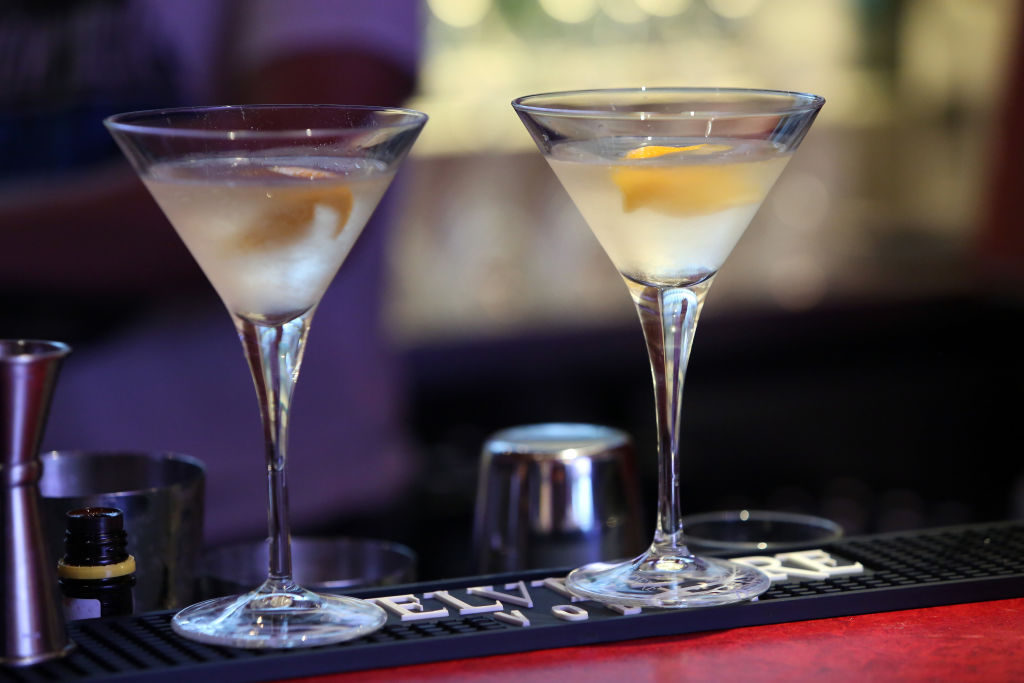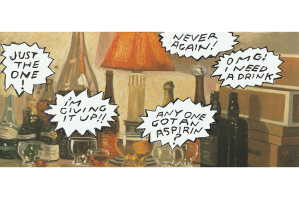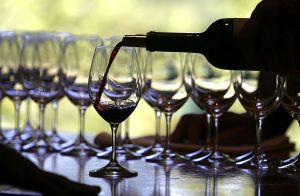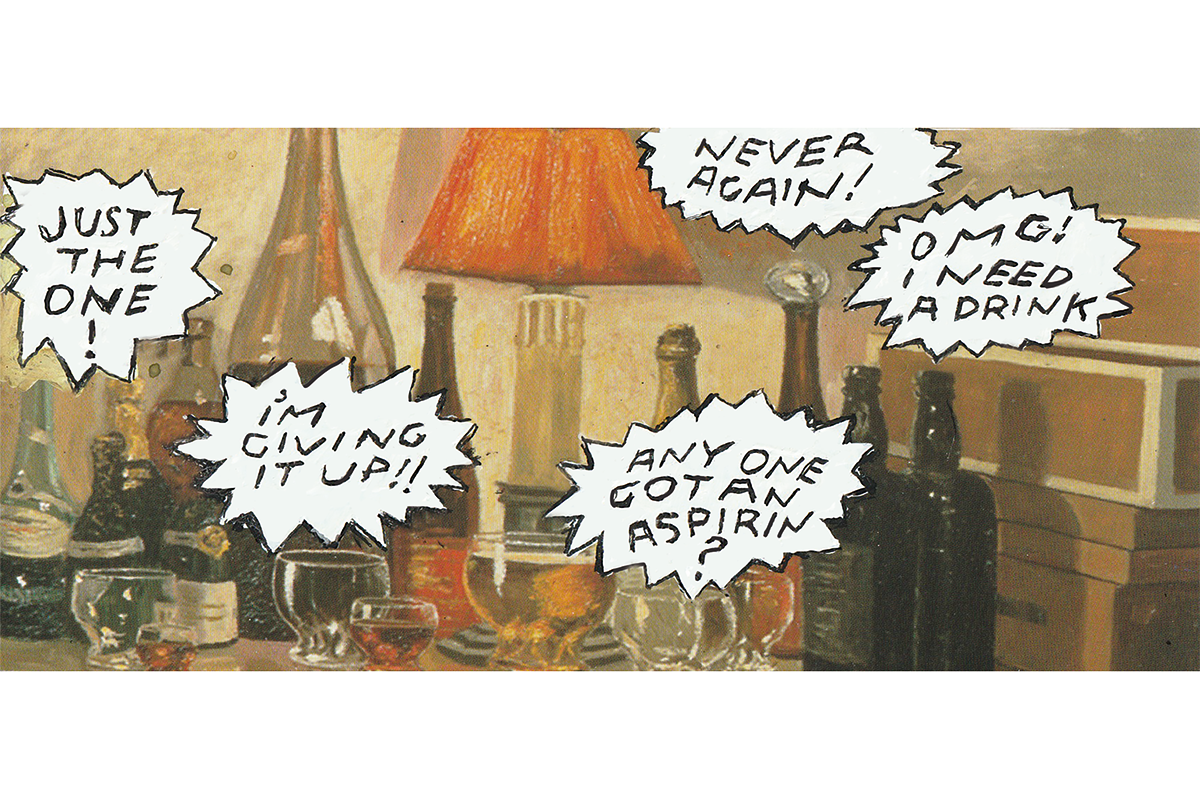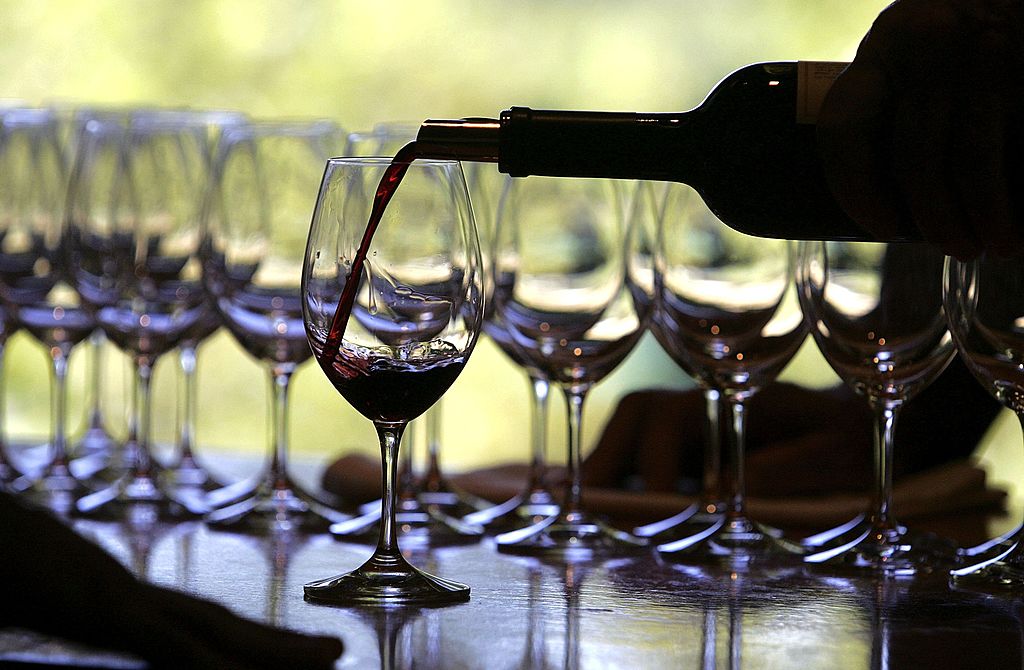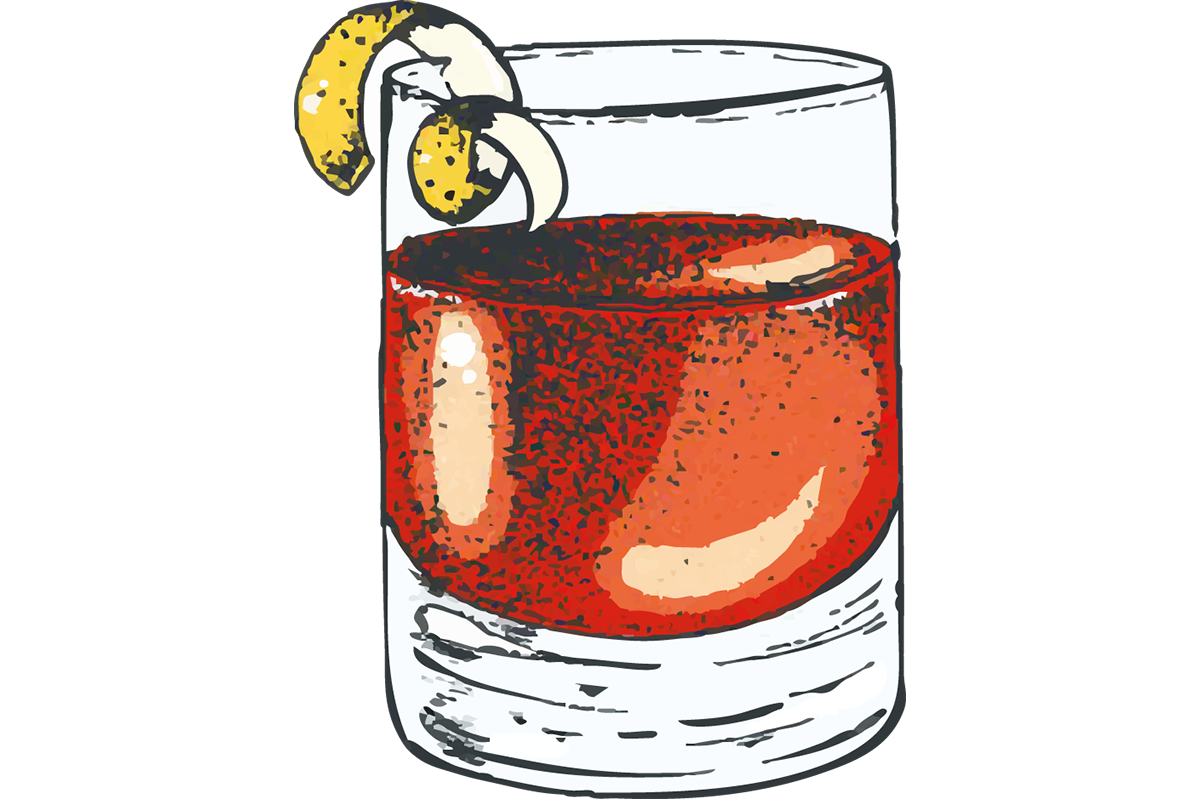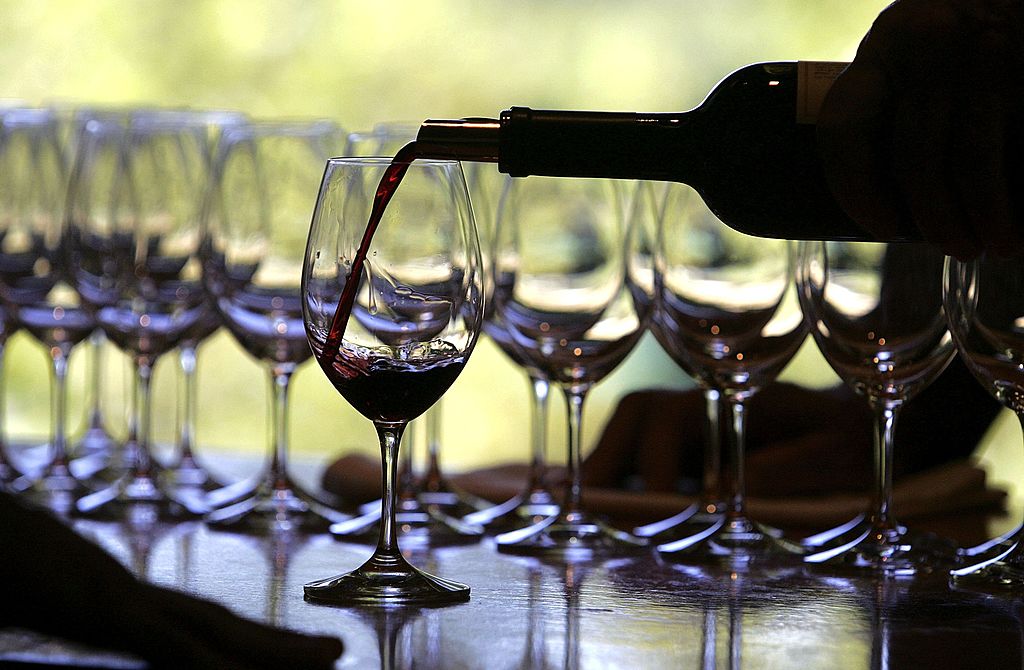“I like bars just after they open for the evening,” Terry Lennox tells Philip Marlowe in the early pages of The Long Goodbye. “When the air inside is still cool and clean and everything is shiny and the barkeep is giving himself that last look in the mirror to see if his tie is straight and his hair is smooth. I like the neat bottles on the bar back and the lovely shining glasses and the anticipation. I like to watch the man mix the first one of the evening and put it down on a crisp mat and put the little folded napkin beside it. I like to taste it slowly. The first quiet drink of the evening in a quiet bar — that’s wonderful.” They’re drinking gimlets — gin and Rose’s lime juice — which some people, though not me, consider a type of martini. The gimlet and the classic martini are each just too special not to have a category all their own, though both of them qualify in the barman’s Linnaean system as cocktails.
The cocktail is widely thought to have been invented by a New York barman in 1806; the word itself has been attributed to a horse’s cocked (or cropped) tail, for reasons I haven’t space to repeat here. The original ingredients included spirits, water and bitters. Since then, countless versions of the drink have been invented while becoming progressively feminized — parfumerized — in the process, the principal exception being the martini, of which there are, in turn, numerous subvarieties recalling Chandler’s riff in the same novel on blondes. (“There is the small cute blonde who cheeps and twitters, and the big statuesque blonde who straight-arms you with an ice-blue glare.”)
Of these (cocktails, not blondes), the classic martini — dry gin and vermouth with a lemon twist — is by far the cleanest, the most straightforward, the most honest: in short, the true martini. (There are also the olivette martini, the Harry’s Bar martini, the Gibson martini, the pickled martini, and so on and so forth.) Each evening I mix a shaker containing precisely six shots of Tanqueray gin from the large end of a shot glass and a half-shot of Martini & Rossi vermouth for my wife and myself: a regimen I pretty much stick to while abroad in search of the ur-martini, a quest that is occasionally of human as well as gastronomic interest.
I recall, for instance, entering the Red Lion Pub in Albion Street north of the Bayswater Road in London a decade or so ago and approaching the tall, pale blonde behind the bar in conversation with two Asian men leaning on one end of it, ordering a double dry Beefeater martini, and receiving instead a look of blank incomprehension. While the men laughed quietly behind their hands, I told her to take down the gin and vermouth bottles from the backbar and instructed her in the sanctified ritual of concocting l’elixir degli dei. The result was excellent; as I drank it, I asked the girl how it was that, tending bar — in London, of all places — she had been wholly ignorant of the thing. The reason, she explained forthrightly, was that she was a Polish mother living in England while her husband stayed behind in Warsaw with the children, thus ensuring that the family collected child support payments from two national governments. (This was a year or two before the Greatest Referendum.)
In London, my favorite watering hole for martinis is Duke’s Bar, where, as a comparative bantam weight, I nearly fall over in my chair after drinking one of Alessandro Palazzi’s five-shot martinis, of which it is a house rule that a patron may be served no more than two on a particular evening. How anyone smaller than an orangutan could manage two such massive doses in consecutive and immediate order I cannot imagine. Nevertheless, if pressed to name the most perfect martini I ever drank, I should probably say the Duke’s Martini, were it not for the fact that among aficionados the adjective “perfect” as applied to the martini means something quite different — a version made with dry and sweet vermouth.
On a recent visit to London, having just come up from Southampton after disembarking the Queen Mary 2 and checking into the Hotel Cavendish between Piccadilly and Jermyn Street, I hurried my wife into St. James’s Street in search of Berry’s Bar, which I’d recently been tipped off to in a magazine column recommending Berry’s as the dernier cri in gins. We found Berry’s shop easily enough, but no bar in sight, and after walking up and down lower St. James’s and around the corner into Pall Mall for ten minutes, we gave up the search and went to dinner at Café Murano, where neither the martinis nor the pasta disappoint. (Next trip, I must ask Taki about this Berry business, as it was in one of his columns that I read about it.)
Anyhow, as I say: for my money the only “cocktail” worthy of the name is the classic martini, together with — if you are broadminded enough to include it in the genre — the gimlet, which Chandler made the poetic fulcrum of his best novel and among whose best features is that, in extremis as was almost the case with my Polish barmaid in Albion Street, you can always order a cold glass of Tanqueray, served straight.
This article was originally published in The Spectator’s July 2023 World edition.



